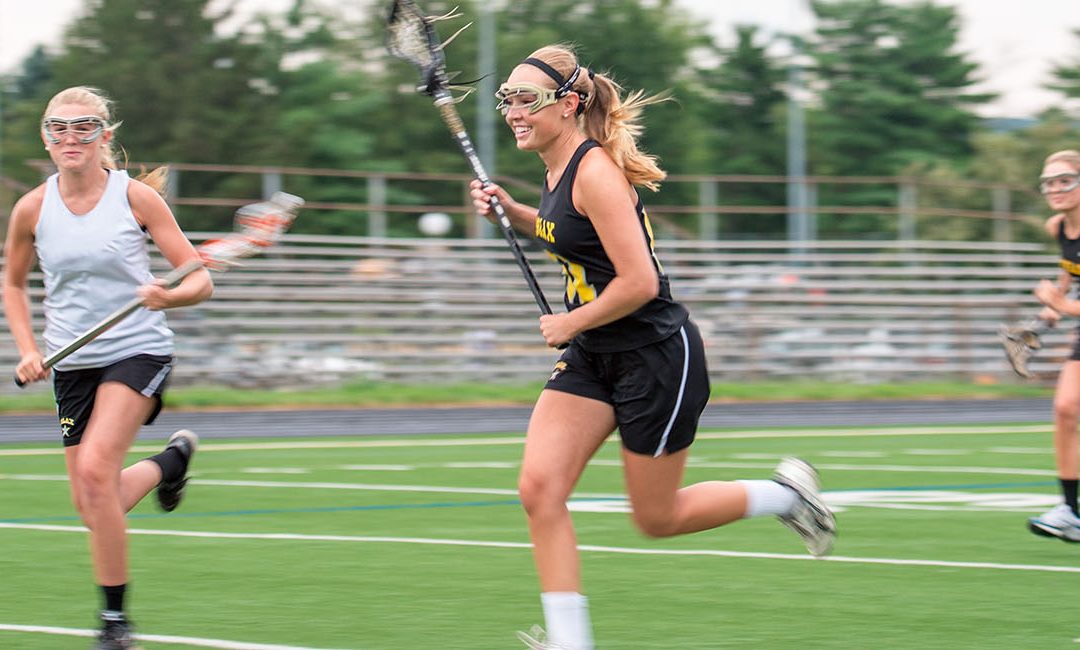The ACL, short for Anterior Cruciate Ligament, is a small structure located close to the middle of the knee, which plays a key role in preventing the thighbone from sliding backward on the tibia. It is also responsible for stabilizing the knee during rotation. Overstretching of this ligament can lead to it getting torn, which is usually accompanied by severe pain and loss of movement in the knee.
OrthoTexas provides state-of-the-art treatment for a torn ACL. Our team of world-class orthopedic physicians, surgeons, and physical therapists follow a patients-first philosophy, ensuring the highest level of orthopedic care for sports and spine-related injuries. Here is an overview of the symptoms, causes, and treatment of torn ACL, to better help you understand the condition:
Symptoms:
- A sudden popping sound following impact
- Swelling around the knee
- Instability in the knee accompanied with a “wobbly” feeling
- Pain, ranging from moderate to severe
- Continued athletic activity following a torn ACL can result in more severe symptoms such as massive cartilage damage
- The condition is associated with an increased risk of unexpected falls when the knee gives way without warning.
Causes:
- Rapid deceleration in athletes, followed by a sudden change in direction, is a common cause of a torn ACL.
- Major positions that are linked to ACL failure are stiff-legged landing or twisting of the knee while landing.
- Women in sports are more prone to the disorder than their male counterparts, mainly owing to differences in anatomy, lower muscular strength, longer reaction time, and hormone-induced changes in muscle tension.
Treatment: If you experience any of the aforementioned symptoms following an injury, you should schedule an appointment with an orthopedic specialist. The physicians at OrthoTexas offer non-surgical (conservative) as well as surgical treatment options depending on the extent of damage. Non-surgical treatment involves physical therapy and the use of a knee brace. For patients who need to continue participating in sports involving twisting and cutting motions, reconstructive surgery is highly recommended.
It is important for patients to undergo rehabilitation following surgery, to stabilize the joint and strengthen the surrounding muscles. The rehabilitation is divided into phases, starting with early rehabilitation for short-term management of pain and swelling, and gradually progressing to a controlled ambulation phase, a moderate protection phase, a light activity phase, and finally a return to activity phase.


